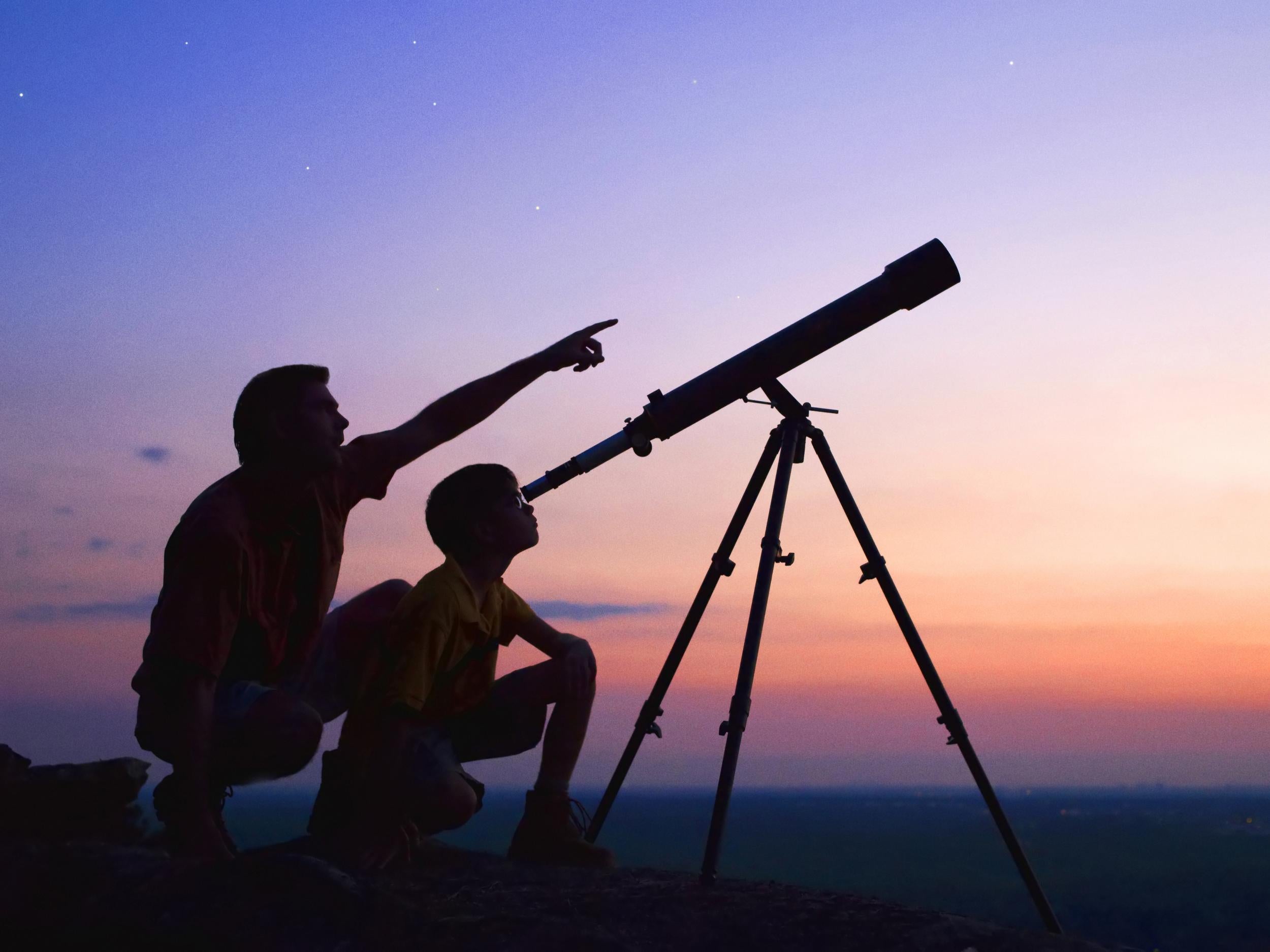
The indigenous Anishinaabe people of the Great Lakes region call this moon Manoominike-giizis, the Wild Rice Moon, or Miine Giizis, the Blueberry Moon.
#Sky and telescope full
This full moon, colloquially called the “Sturgeon Moon”, “Red Moon”, “Green Corn Moon”, and “Grain Moon”, always shines among or near the stars of Aquarius or Capricornus. PDT, which converts to Friday at 01:36 GMT. The August full moon will occur on Thursday, August 11 at 9:36 p.m. Friday, August 5 - First Quarter Moon (at 11:07 GMT) Observers in Europe and western Africa can see the phenomena while the moon shines in a dark sky. Viewing the moon through polarized glasses in daytime will increase the image contrast. They will peak in intensity about 90 minutes later and then disappear by about 7 p.m. PDT and 20:00 GMT) on Thursday, August 4, while the moon is shining in a daylight sky in the Americas. The features will begin to develop around 4 p.m. The Lunar V forms along the northern span of the terminator near the crater Ukert. Look for it beside the terminator, about one third of the way up from the southern pole of the Moon. The bright X-shaped pattern appears when the rims of the craters Purbach, la Caille, and Blanchinus are illuminated from a particular angle of sunlight. Several times a year, for a few hours just before first quarter, small features on the moon called the Lunar X and the Lunar V become visible in strong binoculars and backyard telescopes. (Image credit: Starry Night Software) (opens in new tab) You can also get this issue singly in digital format.
#Sky and telescope professional
#Sky and telescope free
/GettyImages-932729994-5c211580c9e77c000119b758.jpg)

What is the ecliptic? - In our new beginners’ section, we take a look at important angles in the Solar System.

.jpg)
SETI’s big boost - New instruments and data-analysis tools are opening more sky to the search for extraterrestrial intelligence.Smash and nudge - NASA’s Double Asteroid Redirection Test (DART) mission might help us someday avert our species’ potential annihilation by asteroid.Seeing Saturn’s ring spokes - Discovering these mysterious features was a 20th-century triumph for 19th-century observing techniques.Flying with Ingenuity on Mars - It’s thanks to bold creativity and tenacity that a small rotorcraft is now exploring the Red Planet.Webb’s first light - The first science images have been released from the James Webb Space Telescope.You can also save some money by subscribing to the print or digital editions. Pick up a copy at your local newsagent or get the digital issue. HERE’S WHAT YOU’LL FIND in the Sep/Oct 2022 issue of Australian Sky & Telescope magazine - on sale August 4!


 0 kommentar(er)
0 kommentar(er)
